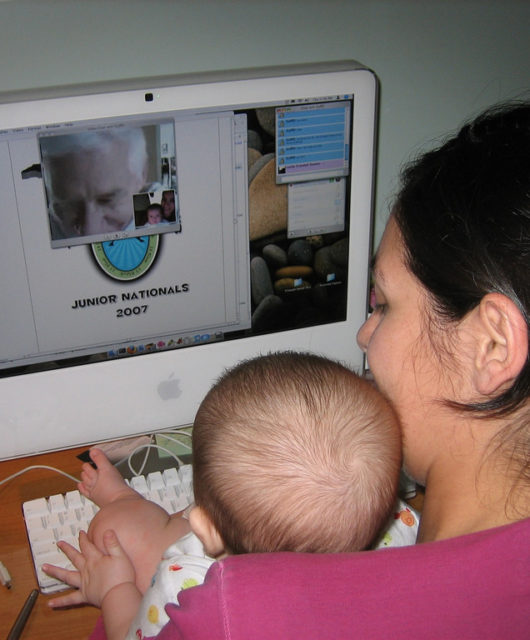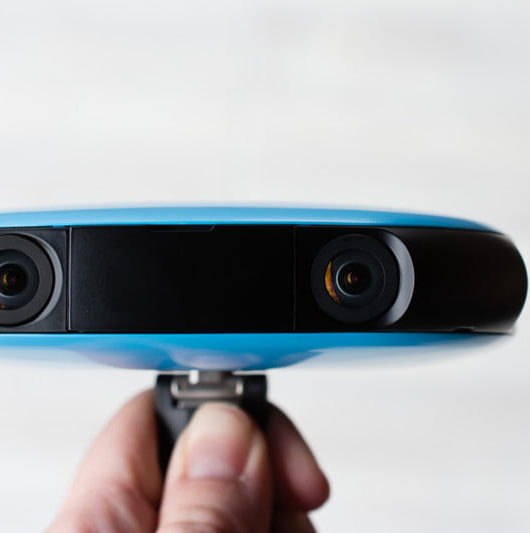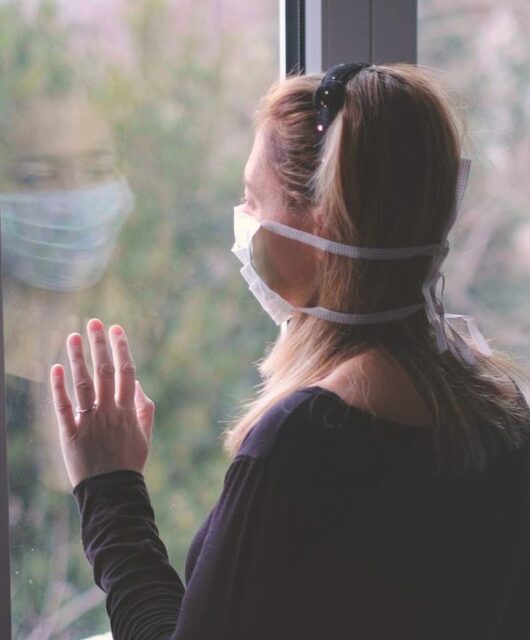Wildlife Photography 101
For many photographers, especially those just starting out, the perfect image of a bird in flight, a predator on the hunt, or bear cubs goofing around is like the Holy Grail of wildlife photography…often sought, but never found. While newbies might think the perfect wildlife photograph is just a matter of luck, seasoned photographers like Joshua Manocherian know very well that while a bit of luck is a part of the mix, the real trick is to carefully lay the ground work so that you are ready to snap when the lucky moment presents itself. Here are some tips to get you started.

Have a plan
It is not very likely that you will capture exceptional photos without a plan. True, you could get lucky, but in general you need to do more than wander around in the wild waiting for the ideal subject. As a first step, reflect on what sorts of wildlife images you want to produce, or what kinds of images have inspired you in the first place. Take the time to study those images, deconstructing them. What is it about the lighting that captures your imagination? Are they action shots or images of animals in repose? Do they reflect nature’s struggle or its beauty? Are they extreme close-ups, or do they position the subject in a much larger landscape? Knowing in advance the sort of composition and subject matter that excites and inspires you will go a long way towards helping you know the perfect shot when you see it, and also where and when you are more likely to find it.
Know your Subject
It is very important, perhaps most important, to take the time to get to know the habits of the animals that you want to capture on film. When do they eat, and where? When are they most active or playful? How do they move – on foot, on wing, through the trees? And how quickly? It is this knowledge that can be invaluable in terms of being in the right spot at the right time to capture the perfect shot. Rarely is that simply a matter of luck – of course, just because you are there, there is no guarantee that the animal will be, or that it will do what you hope. But if you have a well-researched understanding of your subject’s habits, you will have a higher change of getting “lucky”.
Know Your Equipment
Once you have a plan, you need to make sure that you have the right equipment to execute the plan. Make sure that your camera can keep up with high-speed events if your goal is to capture a bird as it takes off, or a big cat as it brings down its prey. Make sure you can adjust settings to take account of a cloudy day, the gloom under a forest canopy, or low contrast scenery. Be sure, if you want to take pictures from a distance, that you have the appropriate zoom lens. In short, make sure that you are well equipped to capture your “dream image.”
As you can see, a degree of careful planning to make sure that you understand the subject and have the right equipment will go a long way towards making it possible for you to capture the perfect image when you see it!









